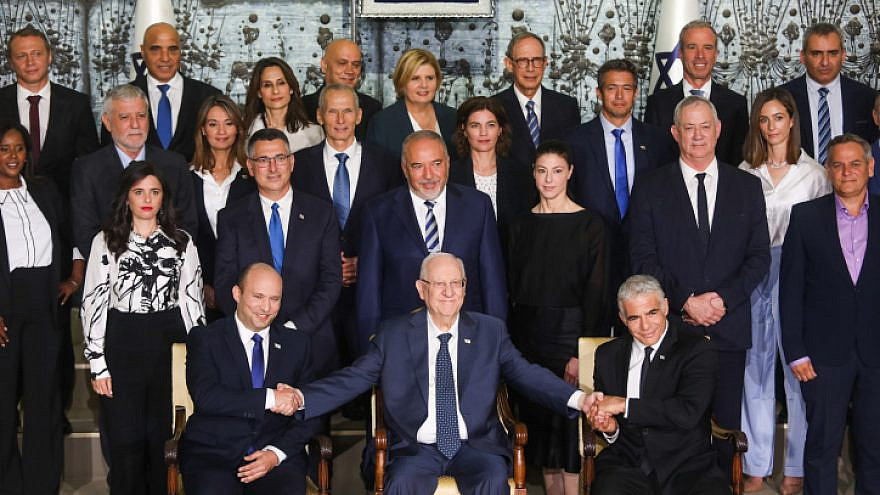For the first time in 12 years, Israel’s Likud Party and its head, Benjamin Netanyahu, have moved from the prime minister’s seat to the opposition in the Knesset.
The new government, sworn in Sunday night, brings into power a broad coalition of eight political parties, spanning the country’s political spectrum.
Bennett was sworn in along with Yesh Atid Party leader Yair Lapid, who will serve as alternate prime minister and foreign minister until becoming the country’s 14th prime minister in August 2023 for the final two years of the term—if all goes according to plan.

Here are 10 notable firsts in this 36th Knesset, formed with the intention of unseating Netanyahu and bringing change to Israel.
1. Bennett, 49, is the first prime minister from the high-tech world, having headed and sold two successful software companies, Cyota and Soluto. He also is the first to wear a kippah, a traditional Jewish skullcap.
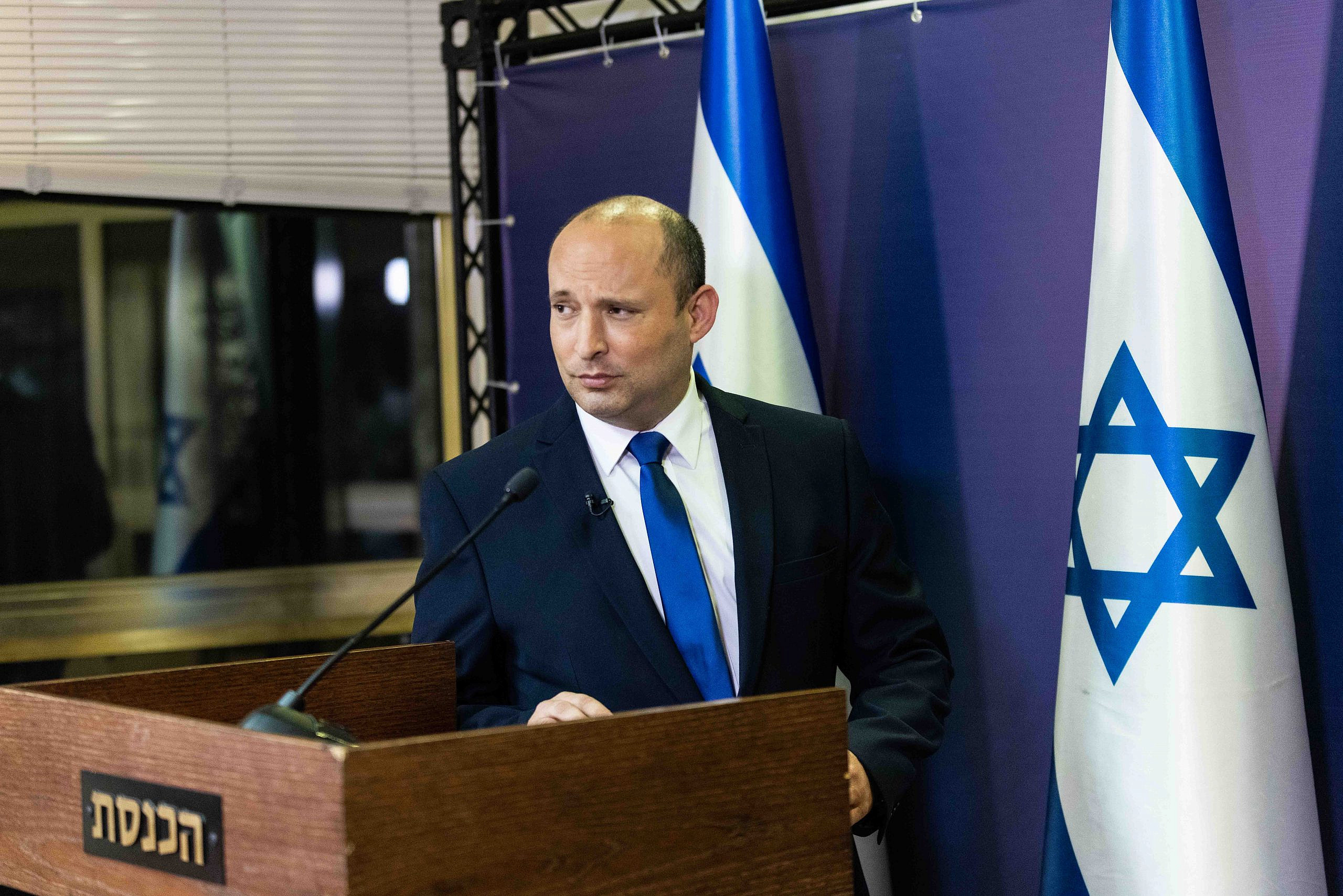
2. The ruling coalition includes an Arab party—the Islamist Ra’am Party—while other parties representing Israel’s 21 percent Arab minority chose to remain in the opposition.
3. Incoming Health Minister Nitzan Horowitz was the first openly gay Knesset member to head a major party (Meretz).

4. The 36th Knesset includes two longtime disabilities activists: Shirley Pinto, Israel’s first deaf Knesset member; and Karine Elharrar, a veteran MK who has muscular dystrophy, as Minister of Energy.
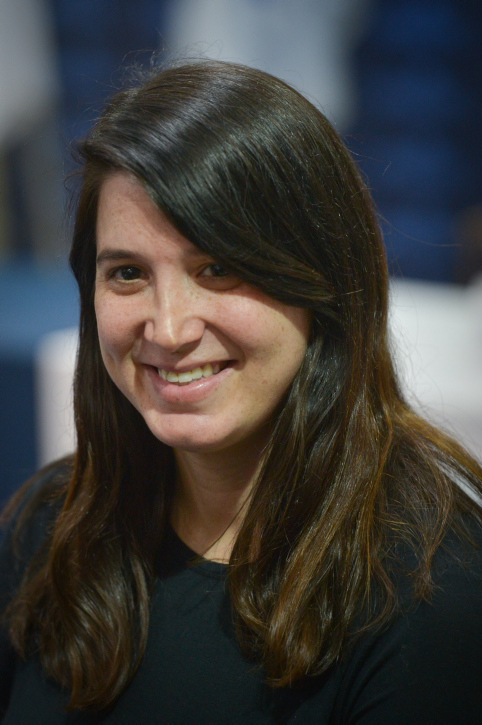
5. There are nine female cabinet ministers (out of a total of 27), the highest number in Israel’s history: Yifat Shasha-Biton (education), Ayelet Shaked (interior), Merav Michaeli (transportation), Tamar Zandberg (environmental protection), Orna Barbivay (economy), Karine Elharrar (energy), Pnina Tamano-Shata (aliyah and integration) and Orit Farkash-Hacohen (science and technology).
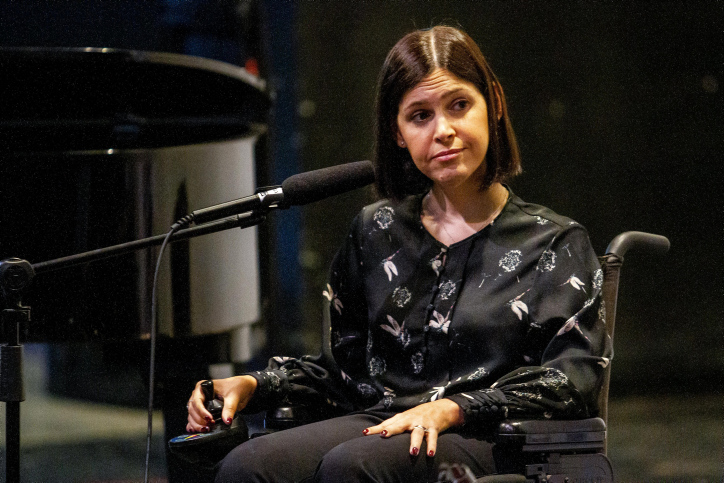
6. There are two Arab cabinet ministers: Esawi Frej (regional cooperation) and Hamed Amar (finance).
7. Two new Knesset members hail from English-speaking countries: Cape Town-raised Ruth Wasserman Lande and North Carolina native professor Alon Tal. Counting Tal, the Knesset has had only eight American-born members in its 73-year history. (Bennett, like Netanyahu a fluent English speaker, was born in Haifa to American immigrants.)
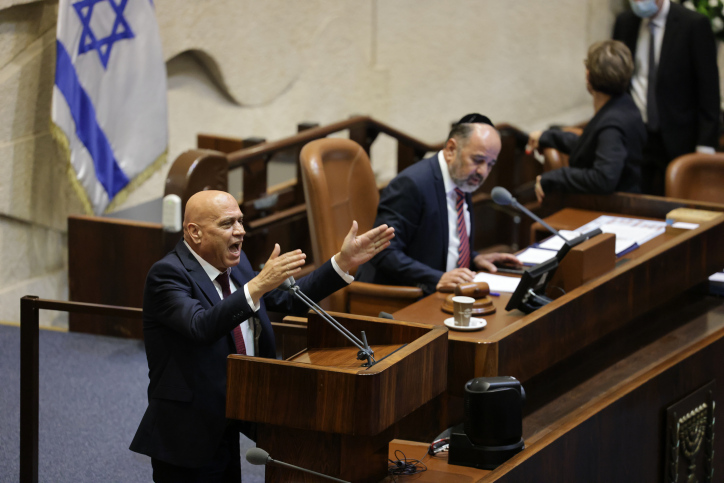
8. Three former broadcast journalists are in the top echelon: Yair Lapid, Nitzan Horowitz and Merav Michaeli. Lapid’s late father, Tommy, was also a TV journalist-turned-politician. (A video made in 1994, recently recirculated on Twitter, shows Michaeli and Lapid emerging disheveled from behind a sofa. Now 54 and 57, respectively, they have shed their playgirl/playboy personas of the past.)
אם כבר להעלות סרטונים מהעבר של מיכאלי ולפיד pic.twitter.com/WsN7pTmxqV
— Yoav Rabinovitz 🇮🇱 🇮🇷 (@yoavr) January 30, 2021
9. Incoming Public Security Minister Omer Bar-Lev is heading the same ministry—then called the Police Ministry—that was led by his late father, Haim Bar-Lev, from 1984 to 1990.
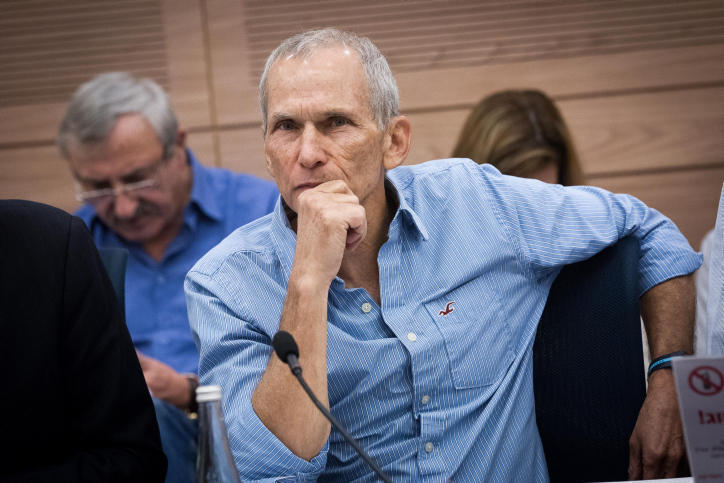
This article was first published by Israel21c.


























